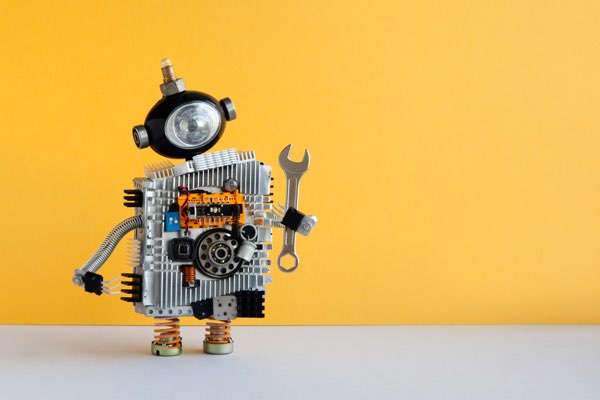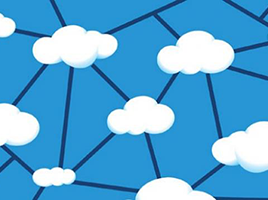Everyone loves free stuff. I think of Oprah telling her guests, “You get a car, you get a car!”. Around the office, it seems every optional event relies on the premise that people will only show up if free food is involved. Finally, according to official Gartner statistics,in the last 10 years, free pizza and beer have been responsible for 86.3% of apartment moves by friends. OK, that last one I made up, but you get the idea. Free stuff is exciting and motivates people. You would think that when something especially costly with great potential for creating value is given away, it would be snagged immediately. However, with ERP upgrades it is quite the opposite. ERP is one of the top spending categories in IT, yet most organizations do not run the very latest version of their ERP software. Often years have passed since the last upgrade. If free functionality is regularly activated, that creates the opportunity for increased savings and benefits. Failure to take advantage of ERP upgrades is costing you that opportunity. Why is this and how can it be improved? There are a couple main reasons why organizations decline upgrades:
- Difficulty executing the upgrade due to customization
- Challenges with stakeholders embracing standard changes

Ironically, customizations in ERP have become the standard, instead of standard being the standard. When customizations start to add up, they create significant friction during upgrades. When an upgrade occurs, all customizations that touch that functionality need to be tested at a minimum. If issues occur then they may need to be developed again. Even if they test fine, they need to be applied to the new ERP version. All this friction creates costs which may outweigh the benefits delivered by the new functionality. This was especially true in on-premise ERP systems where the code base could be directly modified by development teams. As cloud ERP systems advance and are adopted more widely, there is a shift to customizations being done outside the core code base in a another layer such as Platform as a Service and then integrated through APIs and other middleware to the SaaS system. This emerging approach reduces friction but still requires testing and does not resolve the second main reason organizations decline upgrades, stakeholder change struggles.
Change is hard. ERP upgrades and the related changes to business processes requires stakeholders to learn new ways of doing their job. There is a slight productivity loss when learning new systems, but regular small upgrades do not create nearly the disruption as big brand new systems. Still, many people will resist this. “This is how we’ve always done it” or “we are special and can’t change” or similar refrains are used to push back against upgrades. At the same time though, users often have a long list (backlog) of customizations proposed of how to change the system to make it better. The second reason is tied to the first in this way. Many changes have already been made via customizations. Not all change is bad it turns out, just as long as each user gets to choose their changes and do their job the way they want. An upgrade may mean losing their customization and moving to best practices of standard business processes and functionality.
- The two reasons create a vicious cycle:
- Missed upgrades mean missing functionality…
- Which leads to customization…
- Customization makes standard change harder to embrace. Both create more missed upgrades and it repeats…
How do we get out of this cycle? Create a culture where standard best practices are expected and preferred. Aggressively limit ERP customizations to only those business processes which deliver competitive differentiation. Leverage configuration changes to the ERP where possible first. Where new code customizations are vital and valuable, seek to deliver them outside the core ERP code base on a platform which is integrated to the core with APIs. For more advice on customizations, see the upcoming note on Gartner.com around how to Define Your Customization Strategy for Cloud ERP Applications.
If you can successfully overcome the reasons which prevent ERP upgrades, you will realize significant ongoing savings and value. Then you can get all your stakeholders together at a meeting (tell them there will be free food) every 3 or 6 months to look inside their ERP. Within they will find great new standard functionality they can be excited about. Like Oprah you can yell: “You get a free ERP upgrade! You get a free ERP upgrade!”
by Paul Schenck







